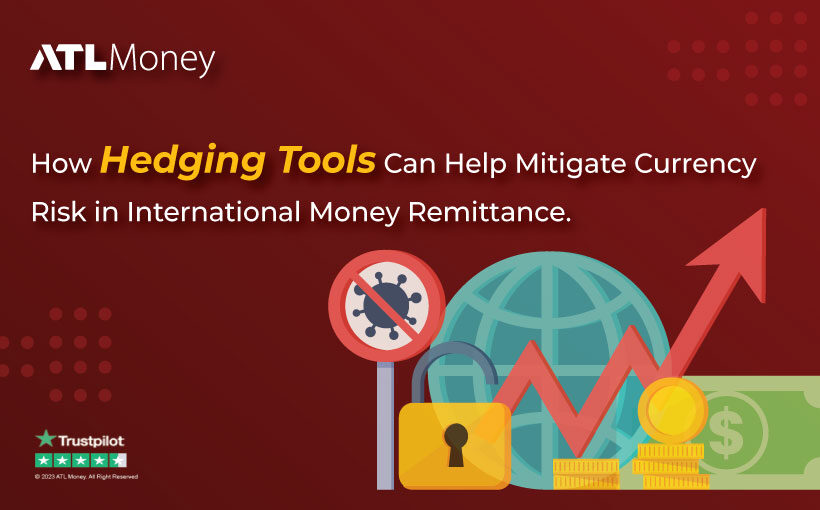As more people and companies engage in international money remittance, they are exposed to currency risks that can significantly impact their profits. These risks arise from fluctuations in exchange rates, which can lead to losses in foreign exchange transactions. One way to mitigate these risks is to use hedging tools, such as forwards, options, and futures contracts. In this blog post, we will discuss the use of hedging tools to help individuals and businesses protect themselves from currency risk in international money remittances.
What is Currency Risk?
Currency risk is the risk that arises due to fluctuations in exchange rates between two currencies. When you send money to a foreign country, you typically convert your currency to the currency of the recipient’s country. The exchange rate at the time of conversion determines the amount of currency you’ll receive. However, if the exchange rate changes before the recipient receives the money, the value of the currency received will be different.
This is where currency risk comes in. If the currency you’re converting from strengthens against the currency you’re converting to, you’ll receive fewer units of the foreign currency. Conversely, if the currency you’re converting from weakens against the currency you’re converting to, you’ll receive more units of the foreign currency.
How Hedging Tools Work
Hedging tools like futures, forwards, and options contracts offer individuals and businesses a way to secure exchange rates at a particular time, which can eliminate the risk of exchange rate fluctuations.
Futures Contracts
A futures contract is an agreement to buy or sell an asset at a specific price and time in the future. For international money remittance, futures contracts can be used to lock in the exchange rate at the time the contract is made. This ensures that the exchange rate will remain stable when the money is to be sent.
Forwards Contracts
Like futures contracts, forward contracts also lock in exchange rates at a specific point in time. However, forward contracts are customizable and can be tailored to specific needs. They’re excellent tools for businesses that have regular payments to make in foreign currencies.
Options Contracts
Options contracts provide the holder with the right, but not the obligation, to buy or sell the underlying asset at a specific price and time. They are versatile hedging tools as they allow individuals and businesses to hedge against currency risks while still benefiting from favorable exchange rate movements.
Benefits of Using Hedging Tools
Using hedging tools to mitigate currency risk provides several benefits, including:
1. Reduced risk: By locking in exchange rates at a specific point in time, businesses and individuals can avoid losses resulting from exchange rate fluctuations.
2. More predictability: With stable exchange rates, businesses and individuals can make more accurate financial plans and budgeting for the future.
3. Increased confidence: When using hedging tools, businesses and individuals can have increased confidence when engaging in international money remittance as they know their exposure to currency risks is reduced.
Currency risk is a significant risk factor for businesses and individuals engaging in international money remittance. Hedging tools such as futures, forwards, and options contracts provide a way to mitigate these risks and create more predictability and confidence in financial planning. By taking advantage of these tools, businesses and individuals can create more stable and profitable international money remittance strategies.
